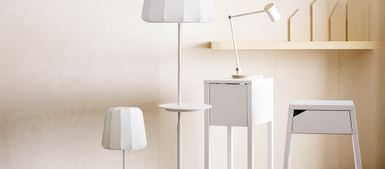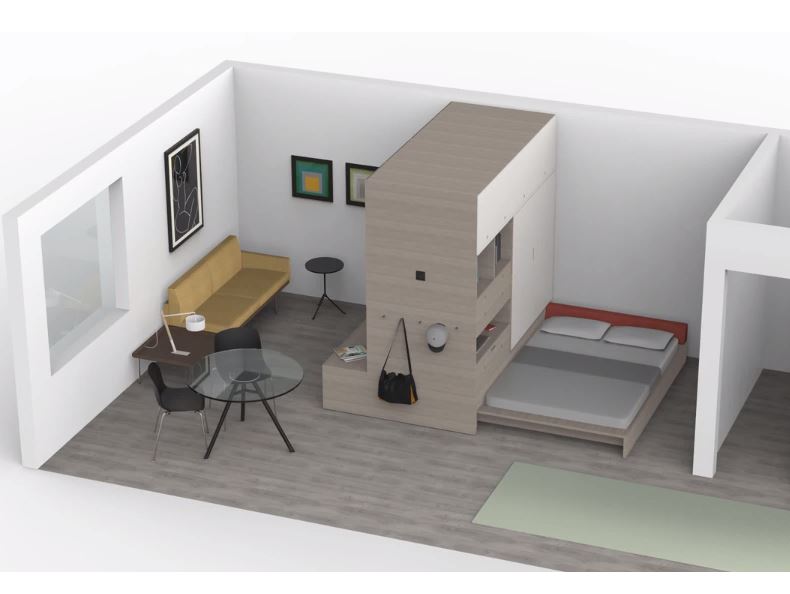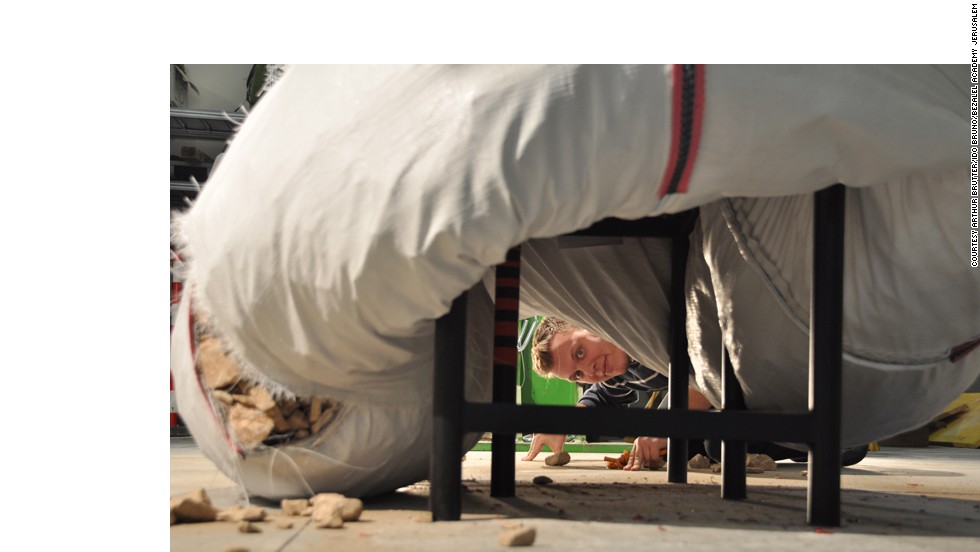Furniture with Charge
Integrating technology to living
In today’s world, our homes, desks, cars, are filled with cables, adapters, outlets and battery packs designed for our ever increasing number of smartphones, wearable tech and, of course, the Internet of Things. Some have noticed the opportunity and began exploring a new industry that’s expected to boom in the next few years—the wireless charging […]


